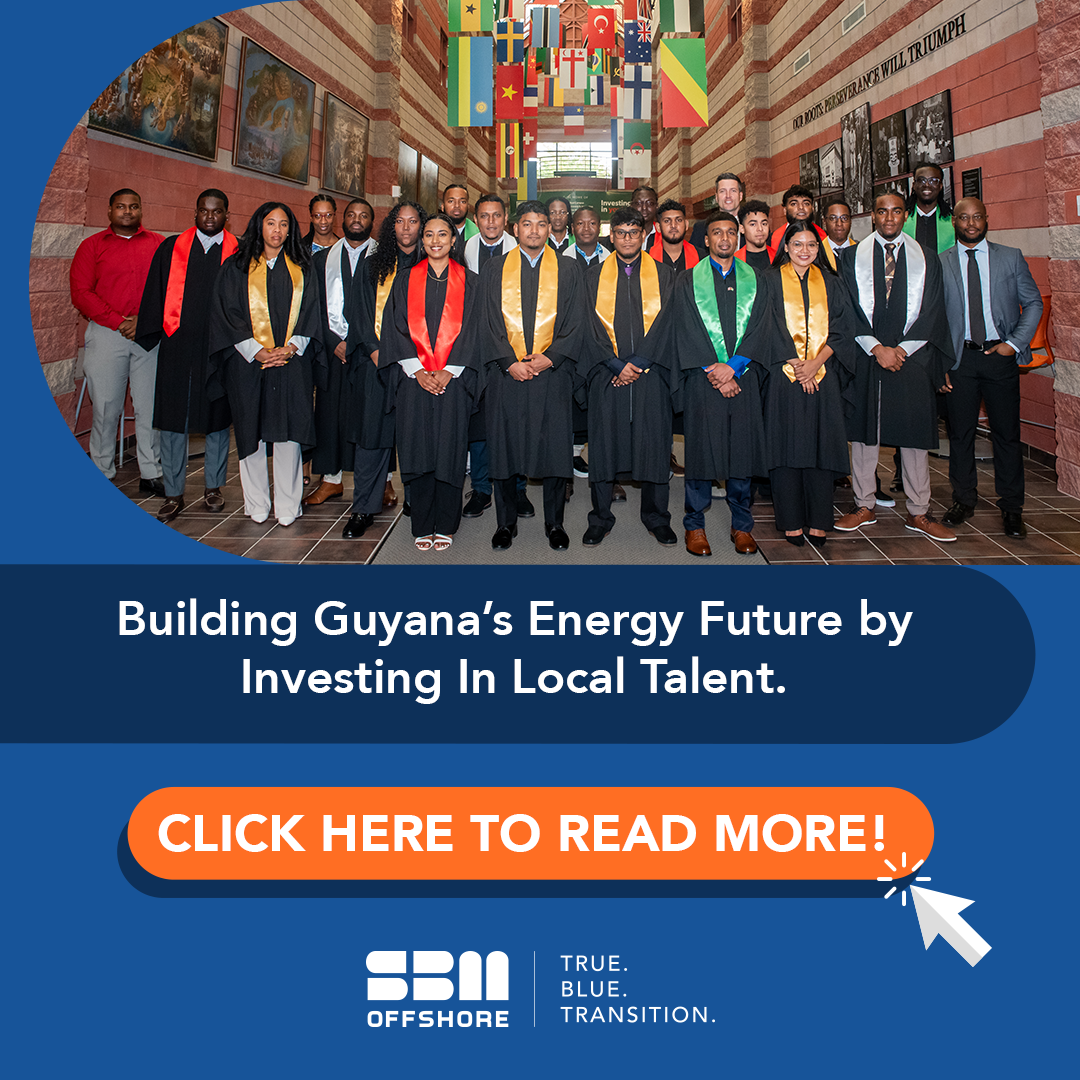The development of Guyana’s Amalia Falls Hydropower Project (including road line, transmission line corridor and dam extent) is expected to impact approximately a quarter of one percent of Guyana’s forest, and this expectation has been integrated into Guyana’s LDCS, since it was first launched. (Guyana’s Low Carbon Development Strategy 2030)
Guyana has reinvigorated its pursuit of the Amaila Falls Hydropower Project, set to be the primary renewable energy endeavor in the nation’s history. The government has issued a new request for proposals (RFP) through the Office of the Prime Minister.
Amaila Falls was first identified as a promising site for hydropower in 1976 by the Canadian company Monenco during an extensive survey of hydroelectric power potential in Guyana. Various later studies justified its potential and strongly supported establishing a hydropower project at the site. But getting a viable project off the ground has proved a formidable challenge.
As a minority government in 2013, the People’s Progressive Party Civic (PPP/C) formed the Amaila Falls Hydropower Inc. (AFHI) to build a 165-megawatt (MW) hydro-plant. AFHI was a special-purpose company with Sithe Global as the private partner and main sponsor under a BOOT (build-own-operate-transfer) model approved by the Inter-American Development Bank.
Norway deposited USD80 million in the IDB to cover Guyana’s equity share in AFHI; however, Sithe Global withdrew in August 2013 after the Guyana National Assembly did not vote unanimously for several aspects of the deal. The withdrawal triggered an almost decade-long delay in finalizing a new main private sponsor that lasted through changes in government in 2015 and 2020.
In 2020, the PPP/C regained power as a majority government amid revived interest in the Amaila Falls, signaling a broader policy shift favoring a cleaner energy mix. The first RFP to restart the project in 2021 failed to secure a lasting contract with China Railway First Group (CRFG), which could not secure financing under the initially agreed-upon BOOT model.
At that time, the government rejected CRFG’s proposed EPC (Engineering Procurement and Construction) model, which would have placed the financial responsibility solely on the government. The government remains committed to the project under a strategy—outlined in the RFP’s BOOT model—to form a public-private partnership and promote local content.
Guyana can reduce its carbon footprint significantly by transitioning partially from heavy fuel oil to hydropower. The project, set to be operational by 2027, promises clean, sustainable power. Despite possible minor environmental impacts—such as forest clearing for infrastructure—the long-term benefits of reducing fossil fuel dependency are expected to outweigh these immediate ecological costs.
Soaring electricity demand underscores the urgency of the project. Consumer demand for power peaked at a historic high of 182 MW on the central grid during 2023—indicative of accelerated economic growth driven by fast-growing sectors like construction and hospitality. As rising global temperatures increase the demand for air-conditioning units and fans, the project will help meet the electricity supply needed to adapt.
The timing of the reissued RFP coincides with a surge of unsolicited proposals from international companies from countries like Brazil, Austria, and South Korea. The government views this influx of interest as a vote of confidence in the project’s feasibility and the national energy transition agenda.
To determine a reliable and financially capable partner, the government plans to thoroughly vet bidders, prioritizing criteria such as project completion timelines, economic viability, including lifecycle costs, and the expertise of a potential partner.
Additionally, the Amaila Falls project complements another key energy initiative—the Gas-to-Energy project—slated to contribute 300 MW of power by 2025. These projects aim to supply cleaner electricity at a lower cost, giving businesses more fiscal space to expand the manufacturing and services sectors and invest in additional renewable projects.
The broader energy mix also involves implementing and facilitating solar, wind, and biomass-energy projects to add more than 500 MW of cleaner energy by the end of this decade. With its clean energy agenda, the government believes it can facilitate a five-fold expansion of energy demand while keeping emissions at 2018 levels.





